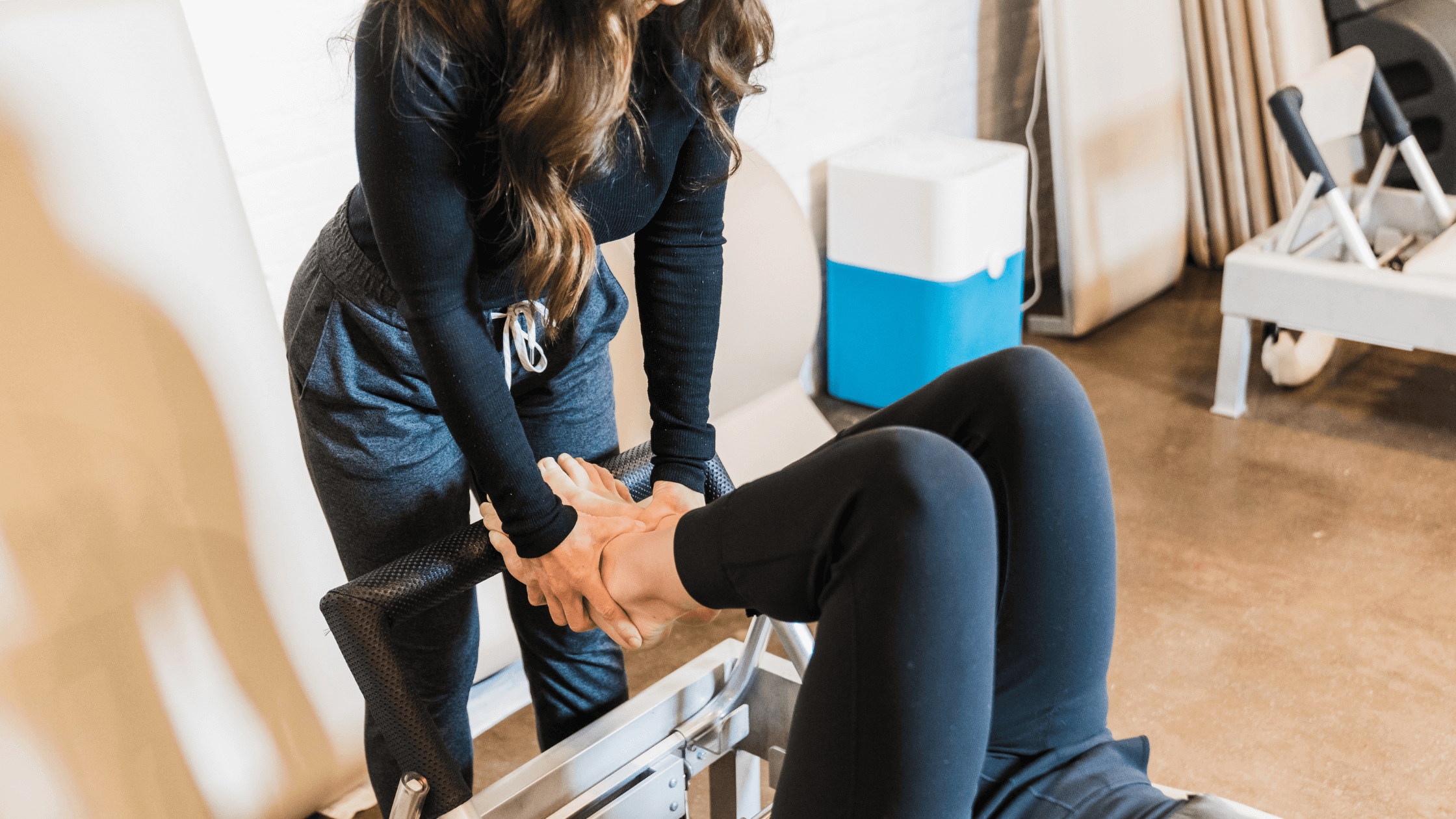Physical Therapy | Women's Health
Physical Therapy For Incontinence: How To Help Pelvic Floor Dysfunction

Licensed Physical Therapist, PT, DPT // EW Motion Therapy Hoover
Many people agree that some medical conditions are easier to talk about than others. Whether you have diabetes or osteoporosis, or mental health conditions like anxiety and depression, it can be helpful to seek comfort among a community of individuals who also struggle with your condition. On the other hand, some conditions are harder, and more embarrassing, to bring up in conversation. Most people would probably count incontinence as one of these. Even though the condition is so widespread, many people do not seek the help they need due to the embarrassment of having to discuss the condition with someone. But it is vital to seek help to maintain the health of your pelvic floor.
Incontinence can seem embarrassing, but just like any other medical condition, there are treatments that can help, including physical therapy. We encourage our patients at EW Motion Therapy to be open and honest with us, so we can give them the most comprehensive treatment possible and help them move, feel, and live better. Our ultimate goal is to present physical therapy as a possible solution for your incontinence symptoms, even if you choose not to seek therapy with us.
This article discusses general pelvic floor dysfunction, types of incontinence and their symptoms, and how physical therapy can help. With this information, you can talk to your doctor and ensure you are getting the care you need to improve your quality of life.
What is pelvic floor dysfunction?
Incontinence itself falls under an umbrella diagnosis of pelvic floor dysfunction. Your pelvic floor is the complex basket of muscles that supports your pelvis and lower abdominal organs - it contracts and relaxes depending on which function your body needs. When it does not work properly, you can have issues with urinary urgency, low back pain, constipation, painful intercourse, and many other conditions, including incontinence.
Pelvic floor dysfunction is signaled by pain, tension, or weakness from lengthened muscles. Let’s discuss how incontinence is related to a dysfunction of your pelvic floor.
Types of incontinence and symptoms
Incontinence is the opposite of continence, which is involuntary control of your bowels and bladder. This control requires mobility, sensation, and intact functioning of the nervous system. In other words, it requires the bladder or bowels to expand and contract, which is accomplished by the pelvic floor muscles.
Within the diagnosis of urinary incontinence, there are three different types. Stress urinary incontinence is an involuntary loss of urine brought about by physical exertion. If you leak a little when you sneeze, cough, laugh, or exercise, you may have this type. This is why many female weightlifters wear pads or panty liners as they lift to catch leaks. Urge urinary incontinence is also involuntary and happens when you feel a strong urge to urinate. If you leak on your way to the toilet, or are triggered to urinate by certain actions you do in your day, you may have this type.
Many people have a mixture of both types of incontinence, or mixed urinary incontinence, and it is a condition many women have. In fact, 25% of women under 30 years of age, 44-57% of middle-aged/postmenopausal women (30-60 years old), and 75% of older women (60+ years old) deal with this condition. So, if you think you are the only one suffering with incontinence, rest assured: you are not alone.
How can physical therapy help incontinence?
While you could try medications or even surgery to help your incontinence, physical therapy is a more conservative approach. A physical therapist can address behavioral changes appropriate to your specific needs in order to reduce unwanted leakage. They will utilize pelvic floor detraining, bladder retraining, strengthening, and improving mobility through specific exercises. They can also help educate you on improving control of urgency and bladder coordination, along with any other behavioral changes they think would help your specific symptoms and triggers. For example, if you always feel like you need to use the restroom when you get home from work, your physical therapist can help you work through that trigger and rewire your brain and pelvic floor to work better together.
Along with physical therapy, you can practice some behaviors yourself to improve your continence. Here’s a short list.
- Avoid hovering or squatting over the toilet.
- Do not strain or push your urine.
- Avoid habitual holding.
- Intake healthy fluids.
- Incorporate non-irritating foods into your diet, like pears, apricots, and non-citrus herbal teas.
Why is my pelvic floor important?
Now you know more about incontinence and how physical therapy can help. Your pelvic floor muscles are not only important to maintain continence, but to support your entire core and pelvis, and many women suffer from some sort of pelvic floor dysfunction, especially after giving birth. It is vital to maintain the health of your pelvic floor so you can move and perform efficiently during your day.
It can feel embarrassing to talk about incontinence, but when you are honest with your healthcare professionals of choice, they can help you find the best solutions. We create a safe space for our patients at EW Motion Therapy, where they can be honest about symptoms and give us the information we need to create a care plan just for them. If you are interested in physical therapy with us, fill out the Request an Appointment form on our website, and someone from our staff will contact you within 48 hours with your next steps.

